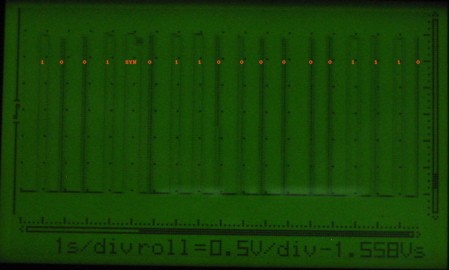
The Ripsaw MS1 is an unmanned ground vehicle built by two brothers in Maine. The tracked vehicle can go 0-60 in 3.5 seconds with an 80mph top speed. In its current form, it has a 2000 pound capacity, which opens the possibility for many different types of weapon systems. Control is provided by two people: one driver and one gunner. They work in independent remote stations. The Ripsaw could potentially be used in any application normally reserved for a tank. It could lead a charge without putting soldiers at risk.
We’ve been watching this project mature since 2005 when it was being marketed as a Grand Challenge competitor. This week it’s being demoed at the Army Science Conference. Check out footage of it in motion below.















